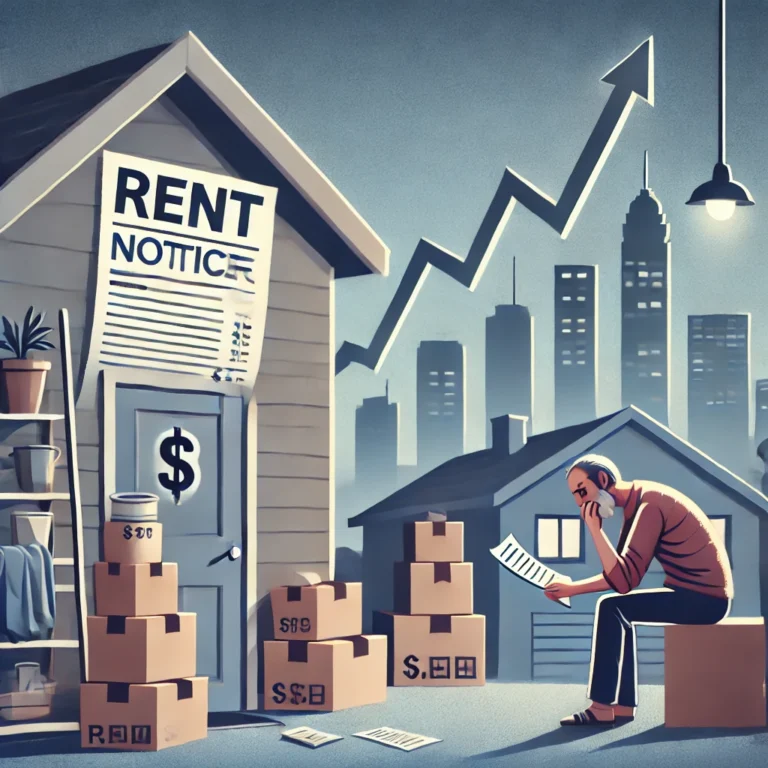The aftermath of the COVID-19 pandemic has left many tenants in Australia grappling with significant challenges, particularly when it comes to rising rental costs. According to research conducted by advocacy group Everybody’s Home, renters in Australia’s capital cities are now paying nearly $15,000 more in rent annually compared to pre-pandemic levels. This sharp increase has made housing affordability a pressing issue for many Australians.
On average, renters in capital cities are facing a staggering increase of $14,700 per year for houses and $9,600 for flats since 2020. The cities most affected by these rent hikes are Sydney and Perth, where the annual increases for both units and houses significantly exceed the national averages. In Sydney, for instance, the annual rent increase for flats stands at $10,452, while houses see an increase of $18,512. Perth is not far behind, with annual increases of $14,508 for flats and $18,304 for houses.
This alarming trend highlights a broader issue of housing affordability in Australia. With many households already stretched thin by rising costs of living, the increase in rent is compounding the financial strain. As Everybody’s Home spokesperson Maiy Azize pointed out, “Having a roof over your head is the single biggest cost of living for most people in Australia.”
The data was compiled from SQM Research, which analyzed rental trends across various cities. The findings underscore the urgent need for policy interventions to address the housing crisis. As more people face the threat of homelessness and housing shortages, it is clear that the situation demands immediate attention from both government officials and the community.
In conclusion, the post-COVID landscape presents daunting challenges for renters in Australia, as rent hikes push many towards the brink of financial instability. With substantial increases in rental costs, it is crucial for policymakers to consider solutions that ensure affordable housing for all Australians.
